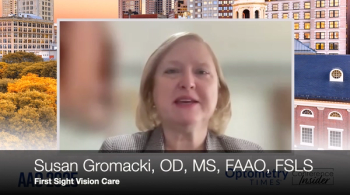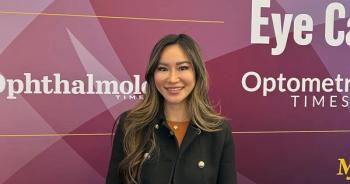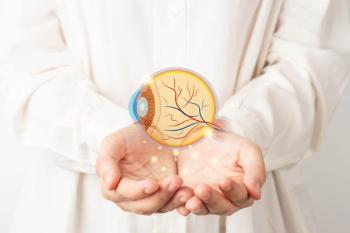
VEW 2022: Integrating low vision into everyday practice
Alexis Malkin, OD, FAAO, highlights her Vision Expo West 2022 presentation titled, "Expand your practice: how to integrate low vision into everyday patient care and improve outcomes."
Optometry Times®' Alex Delaney-Gesings speaks with Alexis Malkin, OD, FAAO, of the Center for Eye Care, New England College of Optometry, on highlights from her Vision Expo West 2022 presentation titled, "Expand your practice: how to integrate low vision into everyday patient care and improve outcomes."
Editor's note: The following transcript has been lightly edited for clarity.
Could you share a highlights version of your discussion?
I'm going to be talking about tips and tricks that a primary care optometrist can integrate into their practice. We know that a lot of low vision care can be accomplished as part of a primary care eye exam. So I'll be talking about some of the strategies in terms of getting a more low vision-specific case history, looking at prescribing simple devices, as well as optical and technology solutions that may be helpful to patients who are early in their journey with vision impairment.
Why would you say this is such an important topic of discussion?
Some of the research that we've done with my team—both at the New England College of Optometry as well as optometrists around the country—is we’ve seen that most optometrists are not able to integrate low vision care into their practices. There have been a variety of reasons and barriers that we've identified. But part of it is just awareness of what those strategies are and how to integrate them. So we know it's important from a patient care standpoint, we know that the incidence of vision impairment is increasing, and we know it will continue to increase pretty dramatically as the population ages. And we all have the training to do these techniques. We just need a little bit of a refresher or reminder of how to integrate them, and then continue to see the volume of patients that we need to be seeing to have a successful practice.
What are the key takeaways attendees should learn from your presentation?
So I think the key takeaways are that every optometrist can integrate these strategies. There's a lot of simple solutions and harnessing the power of technology, whether that be smartphone apps or using an Amazon Alexa—which could really be impactful for your patients. And that we know low vision care does improve quality of life. And so it's fairly easy to integrate with a little bit more training and has really positive outcomes for your patient, which ultimately helps your practice be even more successful.
Newsletter
Want more insights like this? Subscribe to Optometry Times and get clinical pearls and practice tips delivered straight to your inbox.



















































.png)


